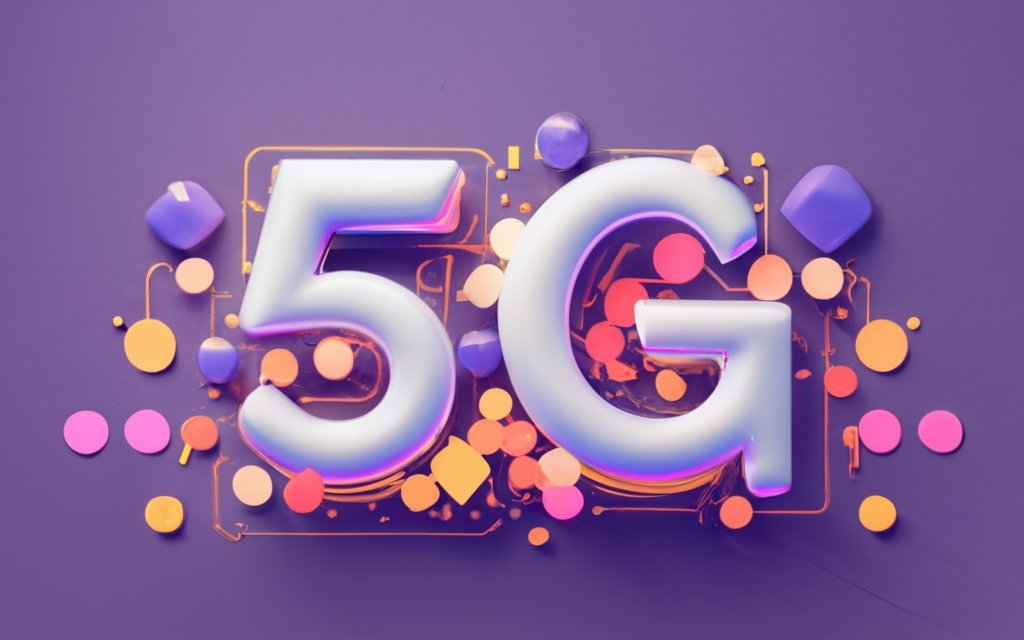In an ever-evolving digital landscape, businesses are under constant pressure to adapt and innovate. One of the groundbreaking transformations shaping this era is the evolution of communication networks, with 5G technology acting as a catalyst. But what does 5G mean for the future of unified communications? This question is not merely a matter of curiosity; it’s an essential enquiry that carries significant implications for businesses across the globe.
What is Unified Communications?
Before diving into the symbiotic relationship between 5G and unified communications, it’s important to clarify what unified communications actually entail. At its core, unified communications (UC) represents an integrated suite of services designed to streamline the interaction and exchange of data among different communication tools and endpoints. It comprises various elements, such as voice, video, messaging, email, and more, all unified into a seamless user experience.
A pioneering example in this space is the platform for unified communications from Access4, which offers a comprehensive range of solutions tailored to enhance business communication in today’s digital age.
Enter 5G: The High-Speed Catalyst
5G is more than just a faster version of 4G; it’s a revolutionary advancement in wireless technology that promises low latency, ultra-reliable connectivity, and unprecedented data speeds. But beyond these headline features, 5G brings an architecture that supports a wider array of devices and applications, making it a keystone in the edifice of future unified communications.
Latency & Real-Time Communication
One of the defining characteristics of 5G is its ultra-low latency. In layman’s terms, latency is the delay that occurs from the moment data is sent from one point to another. 5G technology significantly minimises this delay, thereby creating avenues for more robust real-time communication options within the unified communications framework.
Network Slicing for Customisation
Network slicing is one of the fascinating architectural elements introduced by 5G. It allows network providers to create customised “slices” of the network that cater to specific business needs. This customisation offers an unprecedented level of control and optimisation for unified communications solutions.
Increased Bandwidth for Rich Media
The bandwidth capabilities of 5G are vast, supporting higher throughput compared to its predecessors. This extra bandwidth is essential for the rich media that are integral to unified communications, such as high-definition video conferencing or extensive data sharing.
Future-Proofing Unified Communications
The emergence of 5G should be viewed as an opportunity to future-proof unified communications systems. The integration of 5G capabilities into UC platforms can result in agile, scalable, and more efficient solutions, capable of adapting to changing business environments. 5G will facilitate more than just high-speed internet; it will usher in a new paradigm where everything from IoT devices to AI-based analytics can be incorporated into a comprehensive, unified platform.
Final Thoughts
The relationship between 5G and unified communications is a harmonious one, where each propels the other toward greater heights of capability and utility. As we move further into the realm of digitisation, the interplay between these two technological marvels will undeniably shape the way businesses communicate, collaborate, and succeed.
In the final analysis, the fusion of 5G technology with unified communications is not a prospective idea for the future; it is a transformative shift that is already underway. And for those who choose to seize this synergistic opportunity, the business advantages are bound to be unparalleled.
